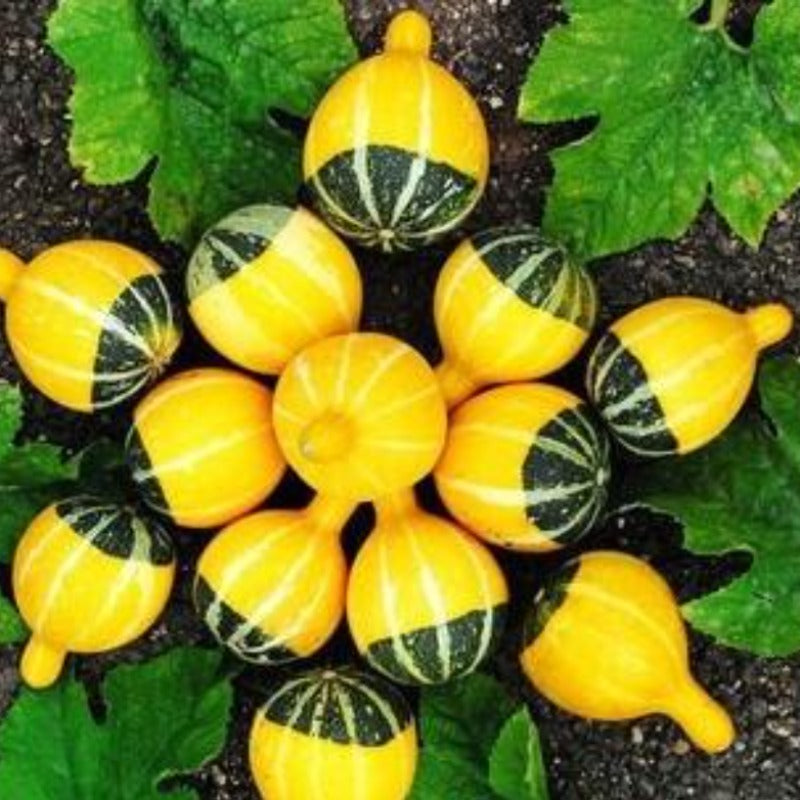- Species and varieties: Bottle gourd (Lagenaria siceraria) is a versatile plant with several varieties. The yellow bottle gourd seeds typically refer to a specific cultivar that produces yellow-skinned gourds. Common varieties include 'Calabash' and 'Long Melon'.
- Hybrid or heirloom: Bottle gourd seeds can be either hybrid or heirloom. Heirloom varieties are open-pollinated and have been passed down through generations, while hybrid varieties are bred for specific traits such as disease resistance or improved yield.
- Pruning and training: Bottle gourd plants benefit from regular pruning to remove dead or diseased leaves and to encourage healthy growth. Training the vines to grow on a trellis or support structure can help improve air circulation and reduce the risk of disease.
- Fertilization needs: Bottle gourd plants require regular fertilization to support their vigorous growth. A balanced fertilizer with equal parts nitrogen, phosphorus, and potassium (NPK) is recommended. Apply the fertilizer every 4-6 weeks during the growing season. Additionally, incorporating organic matter such as compost into the soil can improve fertility and water retention.
- Hardiness zones: Bottle gourd is suitable for USDA hardiness zones 2-11. It is a warm-season crop that thrives in tropical and subtropical climates.
- Climate requirements: Bottle gourd requires a warm climate with temperatures between 70-85°F (21-29°C). It needs full sun exposure and well-drained soil with a pH of 6.0-7.5. The plant is sensitive to frost and should be planted after the last frost date in your area.








